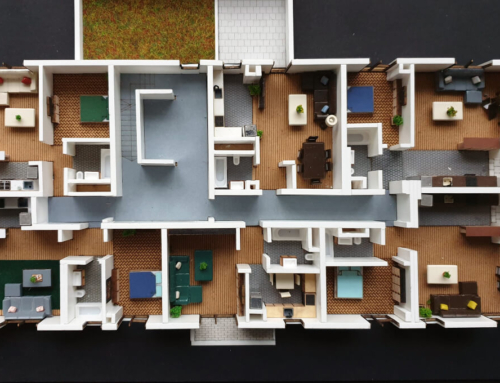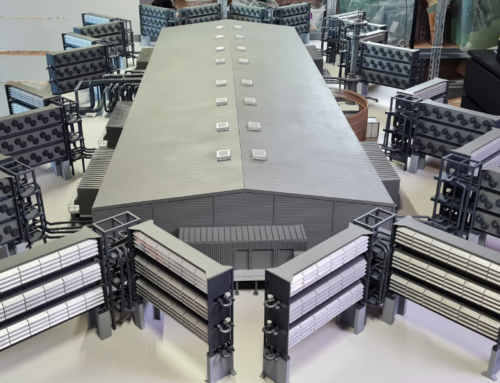There are several special attributes when it comes to trains scale model. Whether the trains are caught while moving or statically, train enthusiasts can agree that a well-made train model captures a small piece of reality, representing a miniature technical construction.
But how do you make it meaningful and how do you accurately reproduce the size and pattern of trains available on the market? By going through the following information you will be able to understand more easily what is the process of 3D modeling of electric trains and how these 3D models are made.
When you are looking for a model train, you will soon discover that there are a lot of different options to choose from in terms of size. When train models were first created, there were no standard dimensions or a sizing system that allowed them to reproduce real models accurately and faithfully.
This led to create trains that did not exactly fit the needs of the project, for example trains which did not fit on moving tracks. The manufacturers realized that this is a real obstacle to making qualitative models similar to reality, so they created a new sizing system and introduced the scalar quantities we find in various miniature objects, as listed below:
Thus, the scalar dimensions of representation of miniature objects, respectively of models, are divided in the following classes and types of scales:
- Scale Z – 1: 1220
- Scale N – 1: 160
- Scale HO – 1:87
- Scale S – 1:64
- Scale O – 1:48
- Scale G – 1:24 to 1:32
What are the main differences between scale dimensions?
In addition to the various sizes, there are several other defining aspects for each type of scalar size, which can help you decide which is best for your project.
For example, scale Z was first launched in 1972 by Marklin and although it offers very low applicability, with less potential for detail, their quality, accurate designs and precision mechanisms can turn representations at this scale into unique collection objects.
Scale N refers to the 9 mm distance of the railway rails. Due to the very wide range of options in terms of model applicability, the N-scale model train is ideal for building a larger project without taking up much space and in order to be fully reliable and reproduce the desired details.
Scale HO represents half of the O scale. This size has the widest range of applicability and combines more details and more availability to give you a much wider and more versatile modeling experience.
Scale S was made popular by American Flyer Trains, this scalar dimension becoming of major interest due to the realistic two-rail system. While American Flyers dominates the available options, other manufacturers now offer more modern and varied train options based on the principles of this scale.
Scale O became one of the most popular models of two-dimensional train scales after World War I. They run on a three-rail system, which gives you the ability to arrange and reproduce the rails with much more complex details.
Scale G – It covers a range of larger and more robust applications, these trains being excellent to use in exhibitions in order to attract attention and be admired by potential stakeholders for the purpose of transactions. They can also be used for commercial or technological purposes (macro-level reproduction, restoration of train stations, sale-purchase projects, etc.) due to elements with an extremely real aspect, such as plants or water recipients, stairs, etc. in order to help emphasize the aesthetic aspect.
Thus, the appropriate scale modeling (both names being accepted) contributes to the optimal definition of the appearance of electric trains and can even help to reproduce them in reality, in order to achieve new prototypes of more efficient electric trains.












